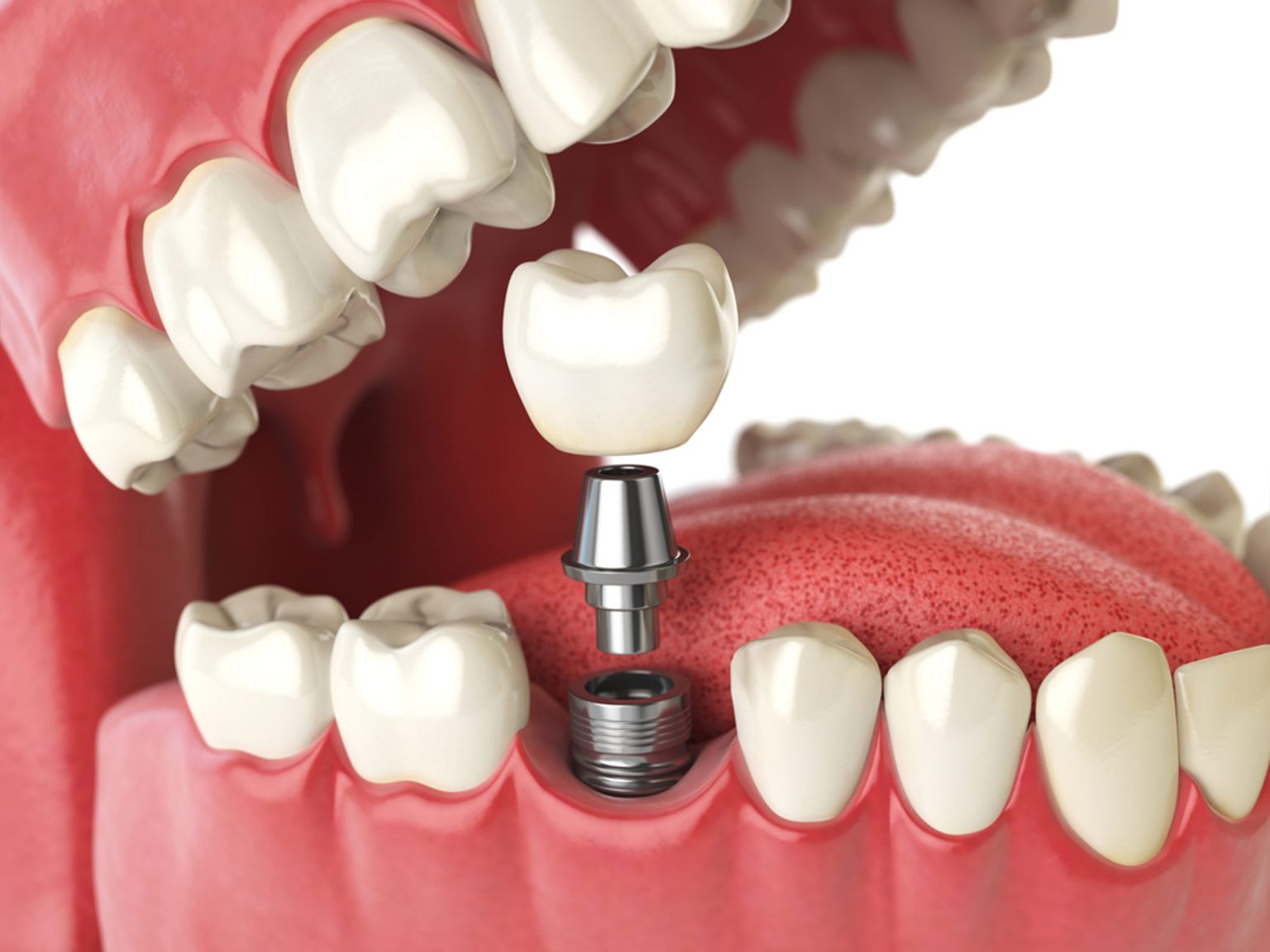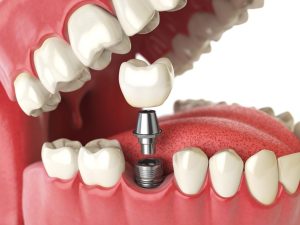In the realm of modern dentistry, dental implants have revolutionized the way we approach tooth replacement. These tiny marvels not only restore smiles but also provide functional and aesthetic benefits that rival natural teeth. At the heart of their success lies a remarkable process known as osseointegration. In this blog, we will delve into the intricate world of osseointegration and understand why it plays an indispensable role in ensuring the long-term success of dental implants.
Table of Contents
ToggleUnderstanding Osseointegration
Osseointegration, derived from the Latin words “osseo” (bone) and “integration” (to make whole), is a biological process that describes the direct structural and functional connection between living bone and an implant’s surface. In the context of dental implants, including those provided by a Top Dentist in Carlstadt, osseointegration refers to the seamless fusion of the implant’s titanium post with the jawbone.
The Process Unveiled
The journey of osseointegration begins with the surgical placement of the dental implant into the jawbone. The implant, typically made of biocompatible materials like titanium, features a specialized surface designed to encourage bone cells to adhere and grow around it. This surface may have microtextures, nanotopographies, or other modifications that enhance the interaction between the implant and the bone.
After the implant’s placement, a period of healing follows, during which osseointegration takes place. This process can take several weeks to a few months, depending on factors such as the patient’s overall health, bone density, and implant location. During this period, bone cells, including osteoblasts and osteocytes, gradually migrate and attach themselves to the implant’s surface.
Mechanisms Behind Osseointegration
Several key mechanisms contribute to the success of osseointegration:
Direct Bone Contact:
The implant’s surface properties promote direct contact between bone cells and the implant, stimulating the bone’s natural healing and growth processes.
Biocompatibility:
The use of biocompatible materials like titanium reduces the risk of rejection or adverse reactions, allowing for a harmonious integration process.
Micro-Movements:
Controlled micro-movements between the implant and surrounding bone, especially during chewing, encourage the bone to adapt and remodel itself around the implant.
Blood Vessel Formation:
Osseointegration also involves the development of blood vessels around the implant, ensuring a steady supply of oxygen and nutrients to support bone growth.
Mechanical Stability:
The stability of the implant during the healing phase is critical. Too much stress or movement can hinder osseointegration, emphasizing the importance of following post-surgery care instructions.
Benefits of Successful Osseointegration
The success of osseointegration sets the stage for numerous benefits associated with dental implants:
Strength and Durability:
A strong bond between the implant and the bone results in an artificial tooth that’s remarkably durable and capable of handling daily oral functions.
Natural Feel and Function:
Osseointegrated implants closely mimic the sensation and function of natural teeth, allowing for comfortable chewing, speaking, and smiling.
Prevention of Bone Loss:
The stimulation provided by osseointegrated implants prevents bone resorption, preserving the jawbone’s structure and density over time.
Enhanced Aesthetics:
Dental implants Carlstadt anchored through osseointegration offer a natural-looking solution, seamlessly blending with adjacent teeth for a beautiful smile.
Conclusion
The significance of osseointegration in the success of dental implants cannot be overstated. This intricate process cements the implant’s place within the jawbone, providing stability, durability, and functionality that closely resemble natural teeth. As dental implant technology continues to evolve, the understanding and mastery of osseointegration remain at the forefront of ensuring long-term success and patient satisfaction.











